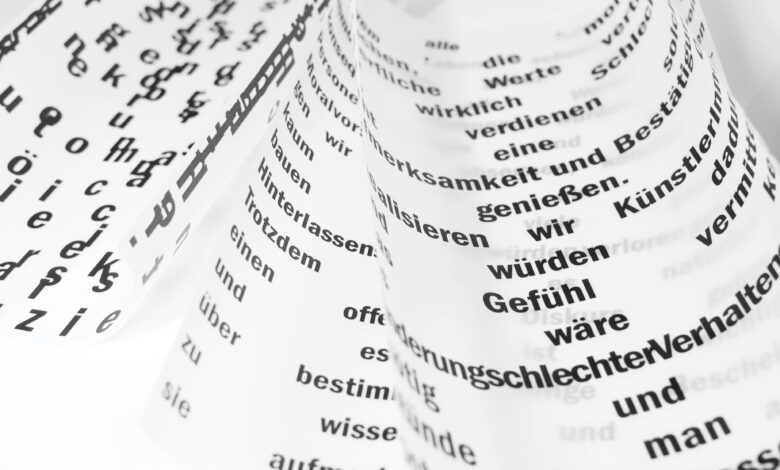Typography Tips: Enhancing Poster Printing with Effective Typography

Typography plays a crucial role in the effectiveness of poster printing. Beyond just conveying information, typography enhances the visual appeal and communicates the message effectively. In this comprehensive guide, we’ll delve into the various typography tips to elevate your poster printing game, ensuring your message grabs attention and leaves a lasting impression.
1. Understanding Typography:
Typography refers to the art and technique of arranging type to make written language legible, readable, and visually appealing. It encompasses font selection, size, spacing, and layout. Understanding the basics of typography is essential before diving into poster design.
2. Choose the Right Fonts:
Fonts set the tone and personality of your poster. When selecting fonts, consider the message you want to convey and the target audience. Choose fonts that align with the theme of your poster while ensuring readability. Pairing fonts is crucial; use contrasting fonts for headings and body text to create hierarchy and visual interest.
3. Focus on Readability:
No matter how visually stunning your poster is, it’s ineffective if the text is difficult to read. Ensure optimal readability by selecting appropriate font sizes and avoiding overly decorative or complex fonts. Test readability by viewing your poster from a distance to simulate how it will appear to viewers.
4. Utilize Hierarchy:
Hierarchy guides the viewer’s eye through the poster, emphasizing important information and creating a sense of order. Establish hierarchy by varying font sizes, weights, and styles. The most critical information should be prominent, while secondary details can be smaller or subdued.
5. Embrace White Space:
White space, or negative space, refers to the empty areas between design elements. It provides breathing room for the content and enhances readability. Embrace white space in your poster design by avoiding clutter and allowing elements to breathe. Use ample margins and padding around text and graphics.
6. Maintain Consistency:
Consistency is key to creating a cohesive and professional-looking poster. Maintain consistency in font choices, sizes, colors, and formatting throughout the design. This ensures visual harmony and prevents confusion among viewers.
7. Experiment with Typography Effects:
Typography effects can add visual interest and personality to your poster. Experiment with techniques like text shadows, outlines, gradients, and overlays to make certain text elements stand out. However, use these effects sparingly and purposefully to avoid overwhelming the viewer.
8. Consider Color Contrast:
Color contrast enhances readability and draws attention to important information. Ensure sufficient contrast between text and background colors to make the text pop. Use color contrast strategically to highlight key points and create visual hierarchy.
9. Optimize for Printing:
When designing a poster for print, consider factors such as resolution, color mode, and bleed. Use high-resolution images and vector graphics to ensure crisp and clear output. Convert your design to CMYK color mode for accurate color representation in print. Extend design elements beyond the edge of the poster to account for bleed, ensuring there are no white borders after trimming.
10. Test and Revise:
Before finalizing your poster design, conduct thorough testing to ensure its effectiveness. Solicit feedback from colleagues or target audience members and make necessary revisions based on their input. Test readability, visual hierarchy, and overall impact to ensure your poster effectively communicates its message.
Conclusion:
Effective typography is essential for enhancing poster printing and communicating your message successfully. By understanding typography principles, choosing the right fonts, focusing on readability, and employing design techniques strategically, you can create visually stunning and impactful posters that capture attention and leave a lasting impression on viewers. Experiment, iterate, and refine your poster designs to achieve the desired results. With these typography tips, you’ll elevate your poster printing game and stand out in any setting.



